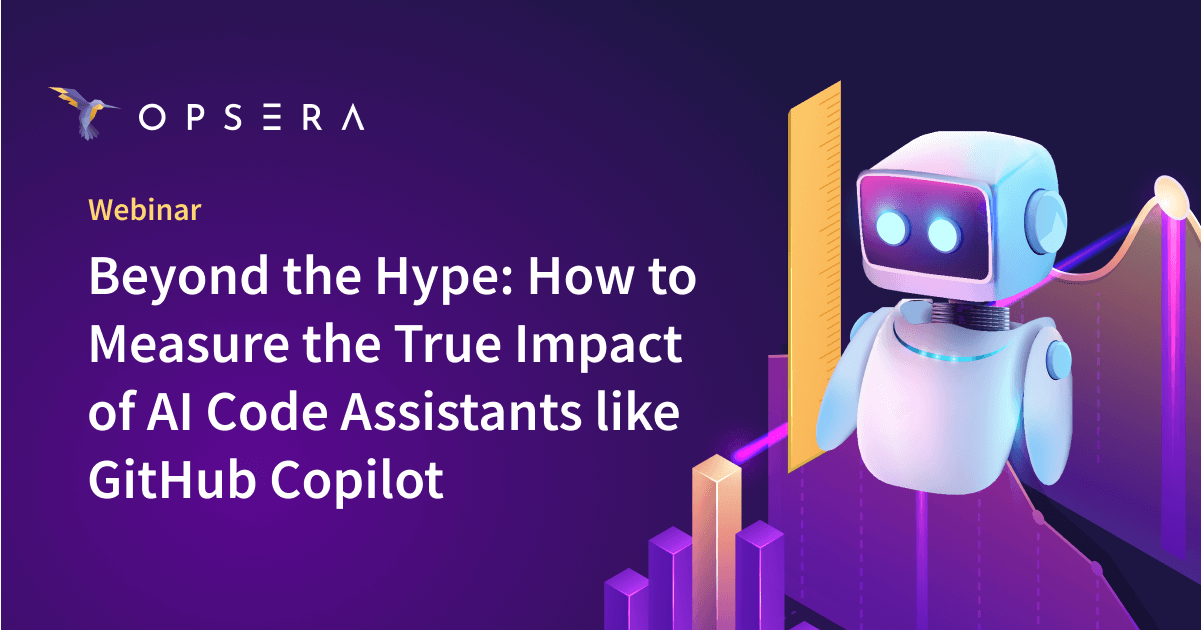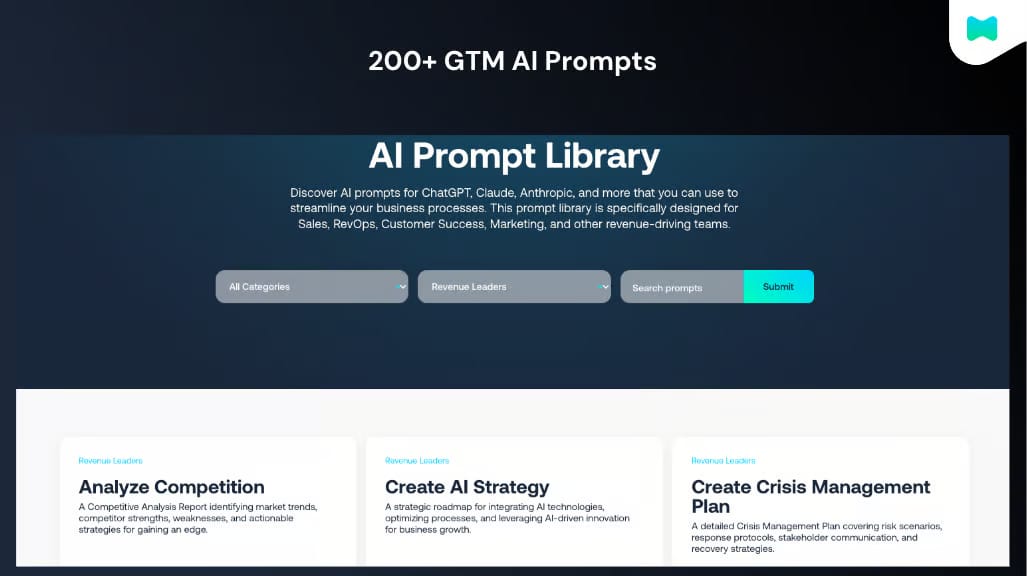- The Deep View
- Posts
- AI toys could unlock the next consumer spending wave
AI toys could unlock the next consumer spending wave

Welcome back. Former Intel engineer, Varun Gupta, was sentenced to two years probation and a $34,472 fine for stealing 4,000 confidential files from Intel and using them while working at Microsoft during chip purchase negotiations. He's now planning a new career managing vineyards in France.
1. AI toys could unlock the next consumer spending wave
2. MIT researchers use AI to design bacteria-killing compounds
3. Otter.ai faces class action lawsuit over secret meeting recordings
AI APPLICATIONS
AI toys could unlock the next consumer spending wave

The U.S. toy market just posted its first growth in three years, with dollar sales up 6% in the first half of 2025. Adult purchasers drove 18% of that growth, while 58% of parents now prioritize toys that help kids build skillsets, particularly STEM-focused products.
Mattel's June partnership with OpenAI represents the toy giant's calculated entry into the smart AI toy market projected to reach $8.5 billion by 2033. The company is avoiding children under 13 initially, learning from regulatory headaches that smaller players like Curio face with their $99 AI plushies targeting 3-year-olds.
The global toy market is expected to grow from $121.3 billion in 2025 to $217.2 billion by 2035, suggesting substantial room for AI integration.
Recent events highlight why companies must proceed carefully. Meta recently removed 135,000 Instagram accounts for sexualizing children, and leaked internal documents revealed the company allowed AI bots to have "sensual" and "romantic" chats with kids as young as 13. Past breaches like VTech's exposure of 6.4 million children's records in 2015 and the CloudPets hack that leaked 2 million recordings show this industry's ongoing security challenges. These and many other incidents underscore the reputational and regulatory risks when AI systems interact with children.
AI toys could capture enthusiasm by personalizing play experiences, adapting to individual children's interests and providing educational content that traditional toys cannot match. These systems work by transcribing conversations and sending data to parents' phones while sharing information with third parties like OpenAI and Perplexity for processing.

AI toys represent exactly the kind of market opportunity that could justify the massive infrastructure investments we've seen across the industry. Parents are already demonstrating willingness to pay premiums for educational technology, and toy companies have established distribution channels that startups can't match.
Mattel's approach suggests the industry might finally be learning to implement AI thoughtfully rather than rushing to market with half-baked products. Starting with older children, emphasizing safety protections and partnering with established AI companies shows strategic discipline that's been missing from many AI applications.
AI toys don't need to be revolutionary to be valuable; they just need to be meaningfully better than existing alternatives at helping children learn and play.
TOGETHER WITH OPSERA
Is GitHub Copilot Really Worth It? Find Out in 30 Minutes.
AI tools like GitHub Copilot promise faster coding, fewer bugs, and happier devs. But are you actually seeing results—or just buying into the hype?
In this quick, no-fluff webinar, Opsera shows how leading teams measure the real impact of AI-assisted coding.
We’ll share what’s working, what’s not, and the metrics that matter most—speed, quality, security, and developer happiness.
You’ll also see how Copilot compares to new players like Cursor, Amazon Q, and Poolside.
If you’re betting on AI, this 30-minute session could save you months of trial and error (and a lot of budget).
HEALTHCARE
MIT researchers use AI to design bacteria-killing compounds

MIT researchers have developed a generative AI system that can design new molecular compounds capable of killing drug-resistant bacteria, potentially offering a new approach to combat the growing threat of antimicrobial resistance.
The team adapted diffusion models—the same AI technology behind image generators like Midjourney—to create molecular structures instead of pictures. The system learned to generate novel antibiotic compounds by training on existing molecular data and understanding which structural features make drugs effective against bacteria.
In laboratory testing, several AI-designed compounds showed promising results against antibiotic-resistant strains of bacteria that cause serious infections. The molecules demonstrated the ability to kill bacteria that have developed resistance to conventional antibiotics, a problem that affects millions of patients worldwide.
The team, led by James Collins from MIT's Antibiotics-AI Project, generated more than 36 million potential compounds and tested the most promising candidates. Two lead compounds, NG1 and DN1, showed strong effectiveness against drug-resistant gonorrhea and MRSA, respectively.
Antimicrobial resistance has become a critical public health challenge, with the World Health Organization identifying it as one of the top global health threats. The problem causes at least 1.27 million deaths annually worldwide and contributes to nearly 5 million additional deaths.
The AI system represents a departure from conventional drug discovery methods, which often rely on screening existing compound libraries or making incremental modifications to known drugs. Collins' team previously used AI to discover halicin, a promising antibiotic identified in 2020, but this new approach can create entirely new molecular structures tailored to overcome specific resistance mechanisms.
TOGETHER WITH MOMENTUM
Try This AI Prompt Cheat Sheet
A solid prompt can be the difference between confused agents and seamless workflow – but what constitutes a good one when it comes to AI? Great question.
With more than 200+ go-to-market-ready prompts specific to sales, customer success, marketing, or beyond, this library is your AI prompt cheat sheet. Use it to improve your existing prompts, uncover powerful new ones to immediately uplevel your agent output, or simply get a feel for what makes a great prompt successful.
It’s all free, and it’s all courtesy of Momentum — plus, you’ll get access to a free Live Prompt Training.
PRIVACY
Otter.ai faces class action lawsuit over secret meeting recordings

A federal lawsuit seeking class-action status accuses transcription service Otter.ai of secretly recording private virtual meetings without obtaining consent from all participants, potentially violating state and federal privacy laws.
Justin Brewer of San Jacinto, California, filed the complaint alleging his privacy was "severely invaded" when Otter's AI-powered bot recorded a confidential conversation without his knowledge. The lawsuit claims violations of California's Invasion of Privacy Act and federal wiretap laws.
The case centers on Otter's Notebook service, which provides real-time transcriptions for major video platforms. Key allegations include:
Automatically joining meetings without consent from all participants
Recording conversations for AI training purposes without disclosure
Processing over 1 billion meetings since 2016 across 25 million users
Sharing transcripts with third parties like OpenAI
Legal experts report this is part of a broader surge in AI privacy litigation. Recent precedent from Javier v. Assurance IQ established that companies can be liable if their technology has the "capability" to use customer data commercially, regardless of whether they actually do so.
A February 2025 ruling against Google's Contact Center AI in a similar case shows courts are accepting these arguments. California's $5,000 per violation statutory damages make these cases financially attractive to plaintiffs and potentially devastating for defendants.
LINKS

Sen. Hawley to probe Meta AI bot policies for children following report of sensual chats
The “Palantir Mafia” behind Silicon Valley’s hottest startups
OpenAI staffers to sell $6b in stock to SoftBank & others
ChatGPT’s mobile app has generated $2B to date and earns $2.91 per install
Protege, which prepares and sells datasets for AI training like lab results and sports footage, raises a $25m Series A
Apple’s Vision Pro is suffering from a lack of immersive video
Data centers to be expanded by over 100 across the UK
Open weight LLMs exhibit inconsistent performance across providers
Claude Opus 4 and 4.1 can now end a rare subset of conversations
Meta plans fourth restructuring of AI efforts in 6 months

Higgsfield Product-to-Video: Drop in a product and get a video created with it inside
Google Flight Deals: Describe your trip and then let AI get you the best flight deals (built for flexible travelers who want to save money)
Slashy: Connects to all your tools to complete entire tasks
Async: Text-to-speech API for developers

Cohere: Senior Counsel, Corporate Governance and Compliance
Slingshot AI: Social Media Manager
Profound: Technical Recruiter
CoreWeave: Senior People Program Manager
POLL RESULTS
Should AI products ever allow “romantic” conversations with users who self-identify as minors?
No (74%)
Yes (4%)
Only non-romantic supportive talk; block romance attempts (12%)
Only with strict safeguards, and verified parental consent (3%)
Unsure (7%)

“There was a red light on the top right that looked out of place - AI wouldn't have added that.” “Almost perfect scene for taking a shot, good photographer. [The other image] was more complex - average moment taken.” “Nobody had a face in [the other image]. Too much unfocused blur and too much glow where the faces should be.” |
 | “There is no way option A is real, the hands are the giveaway. I challenge this result 🤨” (Look at the link above :) “Wow - I could not get my hand to match those in the pic, so I guessed it was the fake - you got me.” “I thought the crowd silhouettes were clearly wrong in the real image.” |

The Deep View is written by Faris Kojok and The Deep View crew. Please reply with any feedback. Thanks for reading today’s edition of The Deep View! We’ll see you in the next one.
Take The Deep View with you on the go! We’ve got exclusive, in-depth interviews for you on The Deep View: Conversations podcast every Tuesday morning.

If you want to get in front of an audience of 450,000+ developers, business leaders and tech enthusiasts, get in touch with us here.





